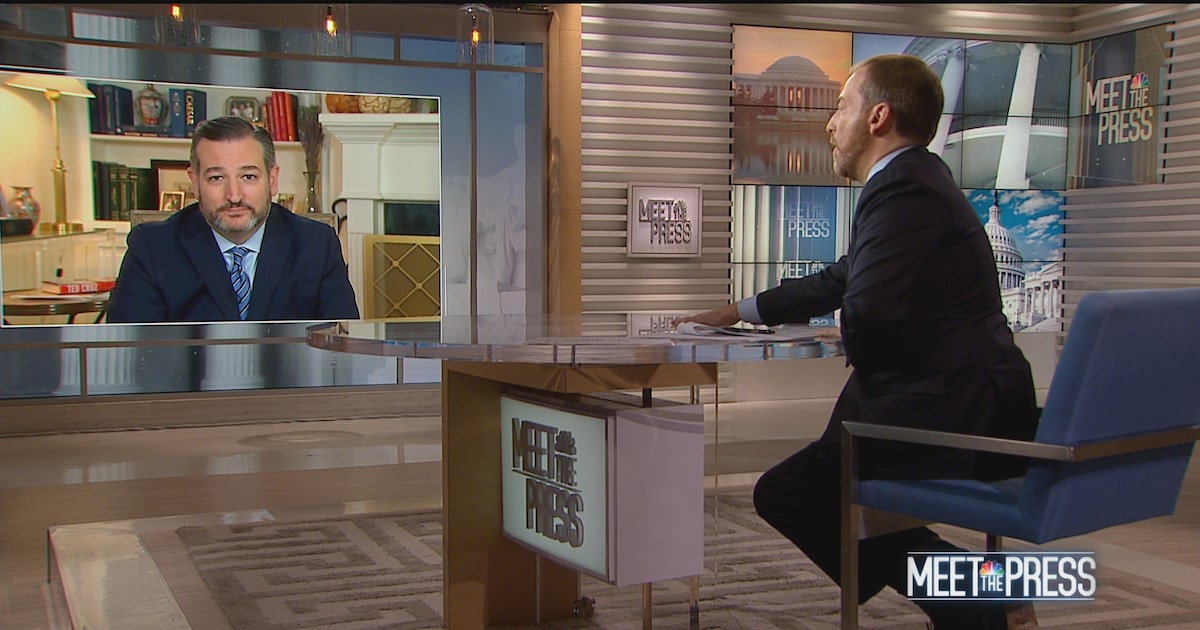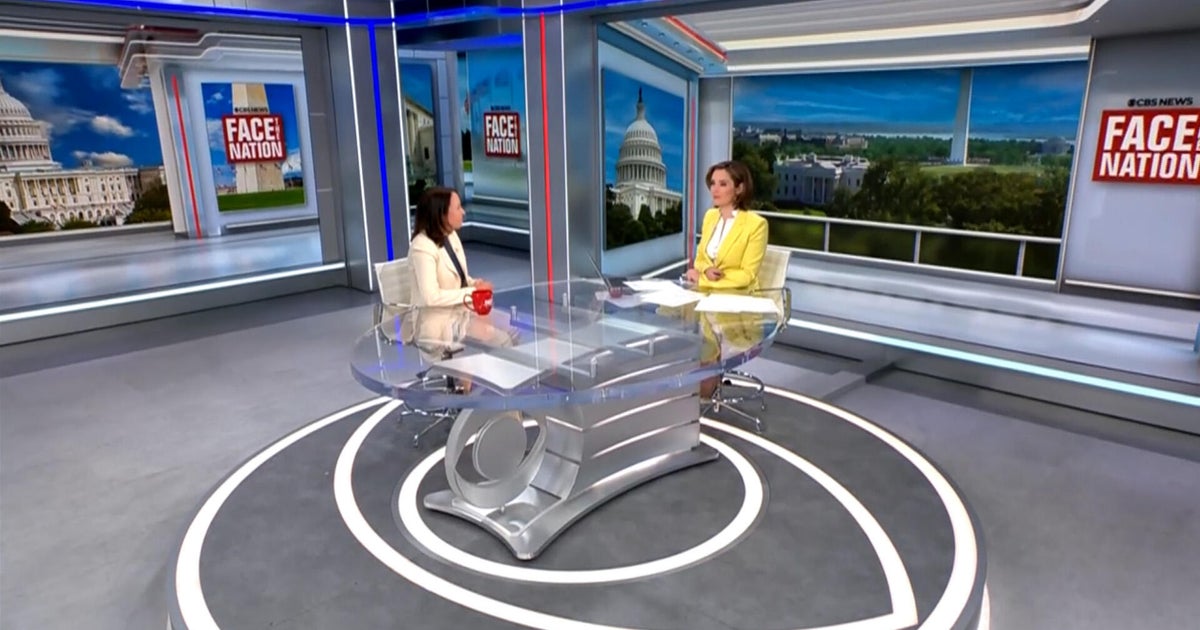One of our democracy’s more perplexing challenges is how we create some common understanding of what’s happening in our community, nation and world. A fragmented system of information providers makes this challenge even more perplexing.
We long ago blew past the world of three major networks, daily newspapers and weekly newsmagazines providing most news and information. We’re even blowing past the cable TV era of 24/7 news and talking heads.
We’re now in a more individualized era that’s splintering the public square. The spread of information through social media contributes to the fragmentation. So does the rise of influencers who use digital platforms to provide their views of the world to their large networks of followers.
Jeff Bezos’ decision to only run commentaries in his Washington Post that embrace free markets and personal liberty shrinks the public square, too. He owns the paper, so he can do as he likes with his opinion section. But the commentary pages of the Post, along with those of The Wall Street Journal and The New York Times, long had been the place where people of competing views went to debate national issues.
So, the splintering continues. Social psychologist Jonathan Haidt calls our modern fragmentation the Tower of Babel. Writing in The Atlantic in April 2022, he concluded, “We are disoriented, unable to speak the same language or recognize the same truth. We are cut off from one another and from the past.”
I’m not sure we’re that far gone. If this is any comfort, the nation previously has experienced periods when getting to the truth of a matter has been difficult.
American journalism’s past
As my fellow column writers have explored before, in the 1700s, partisan newspapers unabashedly mixed news with opinion. One of the first to at least attempt to separate news from opinion was the Boston Gazette and Country Journal, an anti-British newspaper.
“The authors made a point of distinguishing between facts and comments by printing their opinions in italic,” the late journalism professor Kenneth Rystrom wrote in The Why, Who, and How of the Editorial Page.
Partisan presses remained even after we became our own country. Thomas Jefferson and Alexander Hamilton each sought partisan newspapers to champion their competing views of government.
Populist “penny presses” later came along, thanks to the ability of new presses to print papers more cheaply. As their name implies, the populist papers sold on the streets for a penny. The New York Sun and others made their mark selling crime, drama and gossip to the masses. Think newsboys hawking papers.
As the 1800s closed, William Randolph Hearst’s New York Journal was hardly a bastion of dispassionate reason. Nor was Joseph Pulitzer’s New York World. The twosome were bitter rivals but the “yellow journalism” their papers pioneered contributed to the United States going to war in Cuba in 1898 after the USS Maine exploded in Havana’s harbor. Harold Holzer writes in The Presidents vs. The Press that their two papers tried to outdo each other with “giant, inflammatory headlines that charged the battleship had been blown up intentionally. No proof of sabotage was ever found, but it did not matter. As one modern writer has put it: ‘fake news helped start a war.’ ”
Past as prelude
This truncated tour of American journalism is worth remembering for two reasons.
First, our era is not necessarily unique. We previously have experienced periods of information being splintered, although that’s not to diminish the challenge of governing when we each have our own truths. A period like our current one, where truth with a small “t” is fungible, can be both frustrating and perilous.
Second, course corrections have followed some of our prior journalistic periods. The end of the partisan presses of the 1800s led to a more delineated separation of news from opinion. The “yellow journalism” era, which was an early version of news as entertainment, led to an age of reform in journalism, notes Jeffrey Engel, director of Southern Methodist University’s Center for Presidential History.
The respected columnist and author Walter Lippmann advanced many of those reforms in the early parts of the 20th century. The movement sought to professionalize the press corps, including through deepening journalists’ base of knowledge. They needed to grasp a subject like economics to report on it more thoroughly.
Local journalism’s role
What will improve our current system of news and information? Local journalism is a key part of the answer.
The United States has 5,595 newspapers, 227 public broadcasters, 1,404 digital news sites of various sorts, and 719 ethnic media outlets providing local news, reported Northwestern University’s Medill School of Journalism in its 2024 State of Local News study. (Only four of those 5,595 newspapers are national in reach: The Wall Street Journal, The New York Times, USA Today and The Washington Post.)
Even though half of all U.S. counties now have only one local news source, Americans place their trust in local journalism more than in the national media. The Pew Research Center found in 2024 that 74% of Americans trust their local news operation more than national news and social media.
There are bright spots in local journalism, too, as Medill noted its study. One is the Georges Media Group’s Shreveport-Bossier City Advocate, which launched in 2023.
Georges Media, Louisiana’s largest media company, already owned New Orleans’ Times-Picayune and NOLA.com and operated news operations in Baton Rouge and Lafayette. With the Advocate now part of the mix, the for-profit company is focusing coverage in the state’s four largest cities on in-depth local journalism, Louisiana’s congressional delegation, state politics, education, public health and the environment.
Georges Media’s Judi Terzotis notes the company is using philanthropy to help sustain its work. That includes 22 grant-funded reporters across the state.
The role of philanthropy in covering various topics has risen to make up for some of the funding shortfalls that Medill’s study outlines. And the philanthropy model is not limited to Louisiana. Foundations likewise fund some reporters at this newspaper, although The Dallas Morning News completely controls the journalists’ work.
The Louisiana effort is just one example of how local news organizations are trying to provide more coverage and depth. Or what Chuck Todd, former host of Meet the Press, terms “locally sourced information” that powers our understanding of local topics like politics, health care and education.
Todd has gone all-in on local journalism to provide reliable and relevant information. He told my Bush Institute colleague Andrew Kaufmann and me during a recent Strategerist podcast that reporting about high school sports, the weather and consumer-related issues turns local news organizations into their community’s “information help desk.” At the same time, he emphasized, covering any corruption in local government, how Washington policies affect one’s town, and even where to buy cheap gas “supercharges” our information ecosystem with trusted reporting.
Our fragmented world needs reliable information. Strong local journalism is as central to meeting that need today as the reforms Lippmann championed a century ago improved the flow of information. If it succeeds, we may be able to develop a more common understanding of our communities, states and even our nation.


